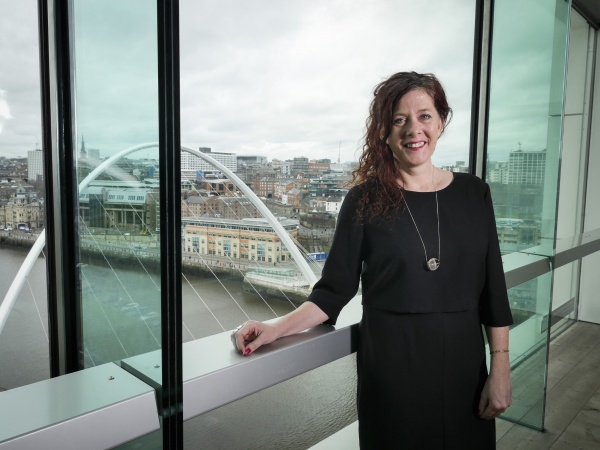We sat down with Matt Girling to ask him about his thoughts and experiences on the OutsiderXchangeS project. Exploring how it may have changed his work and how he collaborates.

How did you approach collaboration within the project and what difficulties did you discover, how did you overcome them and also what successes have you discovered in collaboration?
I started out in a way that, looking back on it now, seemed naïve. Even before we came to the first studio session I had big bundle of ideas that seemed to me, likely to result in interesting and exciting collaborations. Most of these ideas involved me inviting other artist to participate in what I was doing; I had the door to my art practice open and beckoned people in to try it out. On the whole, this approach fell pretty flat. Other artists were interested but understandably were more interested in getting on with there own work. At that early stage I wasn’t comfortable attempting to influence what anybody else was working on. It felt rude to break somebodies’ busy concentration and try and make a difference to artwork that in most cases doesn’t need to be changed at all.
So I decided to do the same and just get on with my own practice. Just doing the what I would have been doing regardless of the context of the residency. I was mainly drawing. I sit next to Lesley in the studio, He also draws a lot too, and generally with the same kind of equipment to me; he’s the only person I know with a bigger trail of dried out black fine liners in their wake than me. Working so closely in parallel with another artist with a similar process to mine has defiantly affected the way I make drawings in two ways, I have become more interested in making drawings that tell stories. I have adopted a more dogmatic determination to keep going without becoming distracted. The way Leslie is able to concentrate has made me pull my socks up and really get on with it.
After that initial handful of sessions collaborations started to form organically; small at first, using an action figure belonging to Leslie for a bit of animation or giving Barry an alternative kind of paper to do his writing on. Ever since I have just let stuff happen without planning ahead, often working with different artists from week to week. More recently I have been working a lot with David, we have been making some experimental animations using green screen, (or “the ghost town effect” a term coined by David because he had seen it used in the music video by the specials.) we still don’t really know what it is we are doing but we are both just enjoying process for the time being. Looking forward towards the end of the residency I plan to amass all the small chunks of collaborative video work made and into a kind of visual soup. But that might change.


Will the way you work in collaboration change now moving forward – was there a particular way you approached collaboration before? How has the OutsiderXchangeS project changed your art work?
I haven’t collaborated on many art projects in the past so I can’t be sure. I’m fairly sure it has in some way affected the way I will work both collaboratively and on my own in the future.
How has it been working with artists who have a learning disability? Is there a difference? If so what is that?
The difference in the way any two people perceive the world is massive, with the learning disabled artist working on Outsiderxchanges that difference in perception is multiplied wildly. This has made the whole experience insightful, confusing, hilarious in equal measures.
If there was one thing you felt proud the most about the OutsiderXchangeS project what is that? – this could be a piece of work, a collaboration, the environment…
I wouldn’t say I have felt proud for any one piece of work but I was very happy with the reaction the project received at the open studio we held in May. I think people were able to see that this project is about mutual growth, which is important. I am looking forward to pulling all the loose ends together to make something that I am proud of in the coming months.





